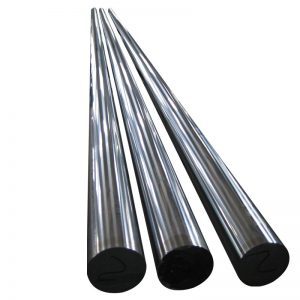Hard chrome plating is likely the least understood of these three chroming processes. Hard chrome plating involves heavy coatings of chromium in order to provide wear resistance, oil retention and lubricity. It is not decorative and is instead used to add durability to such things as piston rings, hydraulic cylinder rods, thread guides and molds. It derives its name from its measurable thickness and is normally applied to steel substrates. While it is metallic and shiny, it is not a decorative finish. Hard chrome plating is a good option for wheels or bumpers.
Nickel chrome plating also called decorative chrome plating, nickel-chrome plating involves electroplating a thin layer of nickel onto the item before the chrome layer is plated onto it. The layer of nickel adds smoothness, reflectivity and corrosion resistance. The chrome layer that is applied on top of it is very thin, measuring in the millionths of an inch. The appearance of decorative chrome primarily comes from the nickel plating. The thin layer of chrome that is applied on top of it will give a slight blue hue while the nickel underneath is more yellow. The chrome layer helps to protect against scratches and tarnish and adds to the corrosion resistance. Without the nickel layer, the finish would not be decorative, reflective and rust-resistant.
Hard chrome plating is usually used in hard chrome bars , cylinder piston rod, guide rod. The hardness of chrome plating Hrc 67-72. Wuxi YUTONG produce using advanced techniques, for surface removal, polishing, induction hardening, and then hard chrome plating. Please feel free to contact us if you have any inquires.

